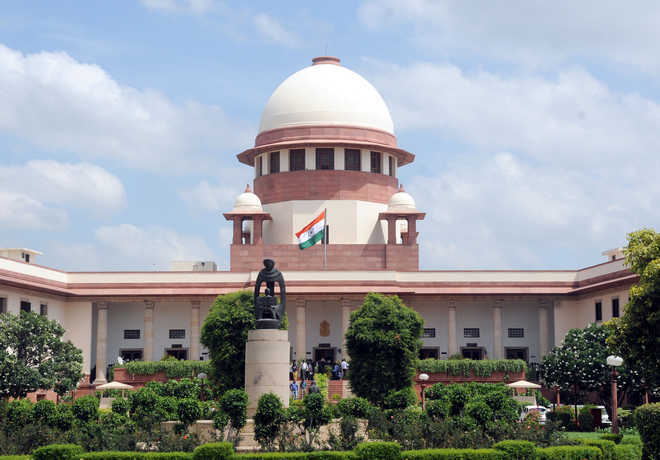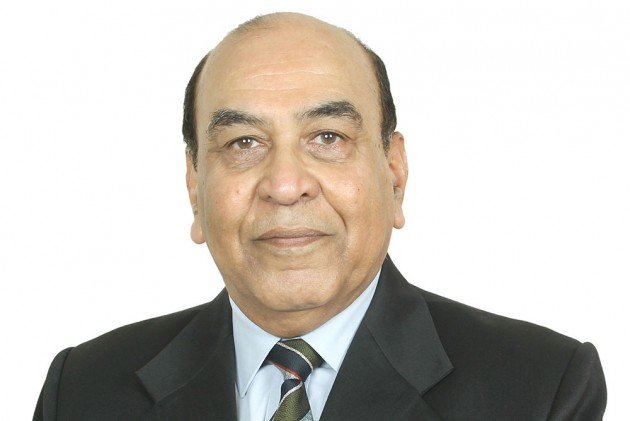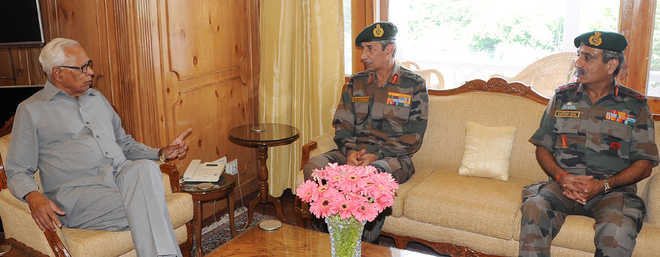The cost of India’s peace- time casualties possibly exceeds the figure of the total 12,000 soldiers killed in the four major wars India has fought. The government and the Army need to think of ways of avoiding cheap casualties. The lives of our young soldiers are precious.
 Army officials and jawans carry the coffin of Captain Tushar Mahajan, who lost his life in a gun-battle with the militants in Pampore, Udhampur. PTI
Army officials and jawans carry the coffin of Captain Tushar Mahajan, who lost his life in a gun-battle with the militants in Pampore, Udhampur. PTIThe life of the Indian Army soldier, including the officer, comes cheap. Since 1988, over 6,200 men, mostly from the Army, have been killed in anti-terrorist and low intensity conflict operations ranging from terrorism to insurgencies across Jammu and Kashmir and the North-Eastern states. This casualty figure, which continues to rise, exceeds the number of soldiers killed in any of the four major wars India has fought so far, whether the 1962 war with China or the 1947-48, 1965 and 1971 wars with Pakistan. The number of soldiers wounded or permanently incapacitated is separate.
No-war, no-peace state
The figure does not include casualties suffered in other military engagements during this 28 year period – Operation Pawan in Sri Lanka (1987-1990) in which 1,138 soldiers were killed; Operation Vijay in Kargil (May-July 1999) in which 527 soldiers, including six airmen, were killed; Operation Meghdoot in Siachen, where between April 1984 and December 2015, the Army has lost 869 soldiers; the innumerable soldiers killed in the “no-war, no-peace” environment along the Line of Control since the early 1980s; or the 1,874 soldiers killed or injured during the 10-month long largescale mobilisation of the Army along the Indo-Pak border from December 19, 2001 to October 16, 2002 following the attack on Parliament by terrorists. Indeed, if all the Army’s engagements starting from Independence are taken into account, the cost of India’s “peace-time” casualties are comparable, rather possibly exceed, the figure of the total 12,000 soldiers killed in the above mentioned four major wars India has fought reflecting on both the frequency and intensity of operations that the Army has been engaged in since Independence.
Highly trained commandos
Disconcertingly, the Army has been regularly losing even its best soldiers – highly trained commandos belonging to the Para Special Forces – in low intensity conflict. Two recent incidents serve as a case in point. On February 22 this year, three commandos, including two captains in their twenties with barely three odd years of service each and belonging to the Para Special Forces, were killed in Pampore, South Kashmir while trying to flush out a few terrorists who had taken refuge in a government building after shortly earlier killing two CRPF men and injuring 11 more. Soon after, on April 13, a young major from a Para Special Forces battalion was killed in an encounter with insurgents in Manipur. The Army’s continually rising death toll give rise to a number of questions and issues. For how long can the Army, the last bastion of India’s security, continue to lose its expensively trained officers and soldiers meant to fight wars so cheap, so easy and so soon in their careers to illiterate but motivated terrorists who have nothing to lose? Not only is this continued attrition of soldiers such a “waste”, but it also does no good for the image of an Army of a regional power. It raises questions about the quality of training, tactics, equipment and leadership within the Army as also the question of whether the Army is regularly doing a lessons-learnt exercise and evolving new tactics in its counter-insurgency and jungle warfare schools. But then the government at the highest level also needs to seriously introspect whether it makes sense to keep the Army constantly employed in internal security operations. For over three decades the Army has been under extraordinary pressure fighting low intensity conflict in the form of terrorism and insurgencies that have gradually disoriented the soldier and the Army’s fighting formations. This was evident during the Kargil War, when after being caught by surprise, the Army moved 8 Mountain Division, then deployed in the Kashmir Valley, to fight the war in Kargil. It was not easy for soldiers, until then deployed in counter-insurgency mode, to instantly switch to fighting arduous high-altitude battles.
Shortage of officers
The continuing officer shortages (9,106 or 18.35 per cent of the sanctioned officer strength as of May 2016) has put considerable pressure on the 300 odd Infantry battalions that on an average are functioning with 50 per cent officer strength. The officer shortages combined with the lowering of recruitment standards for officers and the changing economic and social profile of both the officers and soldiers joining the Army have created its own challenges. The ongoing revolution of information and communication technology that now brings instant awareness to the soldier and, consequently, pressure, has added to the challenge. Despite measures taken within the Army consequent to studies conducted by the Defence Institute of Psychological Research, incidence of suicides in high double digits every year is continuing in the Army. About 1,300 Army soldiers have committed suicide in a 14-year period between 2002 and 2015 alone. Added to this are incidents of breakdown in command and control leading to clashes between officers and jawans, the latest incident having occurred in an Army Infantry battalion in Arunachal Pradesh in mid-May.
Complicated security scenario
No other country of its size and importance has such long-disputed borders as India. Neither are the country’s border disputes with China and Pakistan likely to be resolved in the near future. Similarly, the ongoing insurgencies, particularly in Kashmir, show no sign of fading. Rather, the security situation in the subcontinent is only getting more complicated and multi-dimensional. Surely, the government and the Army needs to get smart and come up with better ways to prevent cheap casualties and disorientation of the Army soldier.
dkumar@tribunemail.com








































































